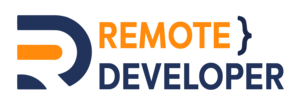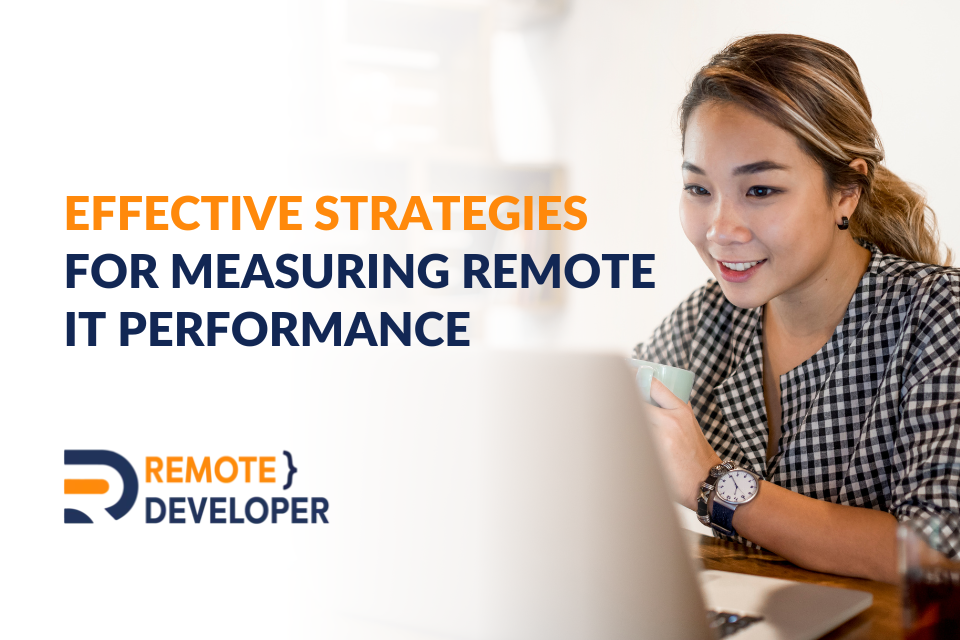The digital age has remote IT workers coming in from all over the globe which makes measuring remote IT performance all the more crucial. How do you differentiate what works for your employees and what doesn’t? How do you track the progress of each employee while far away from them physically?
These are just some of the many challenges of managing a remote team. However, the good thing about remote work gaining popularity is that there are many solutions to common problems during remote work management.
One of the most popular jobs that work remotely is IT. These remote IT workers could come from anywhere around the world and provide productive and innovative solutions to software-related concerns. However, tracking their progress could become a problem for many. Especially those just starting to hire remote IT workers. This is where we come in with the best tips on how to track their progress efficiently.
Why is Accurate Performance Measurement Important in Remote Work?
Some might argue and question why measuring remote IT performance is important in the first place. The most obvious reason is to ensure that your remote workers are working. In comparison to onsite work scenes, you can’t just enter their office and check the status of their work.
Following that is the effectiveness of the remote team collaboration. Performance between employee collaboration could be halted frequently due to a lack of progress. However, if you maintain an accurate record of tracking employees, this could help with communication and transparency.
Lastly, performance measurement encourages stability within remote workers who are isolated from the everyday work site. Having self-learned discipline, thanks to tracking measures, can encourage employees to focus on their daily tasks continuously.
Challenges in Measuring Remote Performance
All of these benefits sound great for anyone who plans on measuring remote IT performance. Unfortunately, there are variables and changes between each employee that a manager should consider.
Measuring remote performance in different ways could cause issues between employees and their employers. The infamous time-tracking method could cause a lack of motivation and even grow resentful. Furthermore, they may even slow down their progress just to keep on the time tracking rather than finishing their work quickly.
Despite this, some employees benefit from the time-tracking method. These are employees who are billed hourly.
Overall, the big challenge of measuring performance relies solely on what type of work your remote employer is doing and how to measure it reasonably.
How to Measure the Performance of Remote IT Employees
There are many measure performance strategies for remote teams. Depending on the nature of your employee, one could be suitable while the other is not. However, there are core indicators that apply to all methods of measuring their performance.

Set Key Performance Indicators (KPIs)
Key performance indicators are the first thing anyone who wishes to track the performance of remote workers should prioritise. KPIs, also known as key performance indicators, are set goals that must be reached before a specific period.
Think of it as a deadline to show how much progress an employee has made and the expected level they should have had. KPIs for remote workers vary depending on the nature of their work. When measuring remote IT performance, it is possible to check in with the progress of the software they are working on.
Other remote work KPI benefits include noting important milestones during business processing, enhancing good communication skills, and measuring quality over quantity on the progress of your employees.
Use Tools and Technologies
It can be daunting to have to check in on every single employee you have that works remotely. That’s why using tools and technologies catering to remote employee performance metrics can make your life simpler.
A prime example of these tools would be Asana or Trello, which are project management tools that help with collaboration and progress. These tools include features where you can assign tasks directly to specific employees and see the status of their work daily.
Comments can be made for revisions and updates, and the progress of each employee can be analysed through the data of their software.
Adapt Tools and Technologies
It’s not enough to merely use one tool altogether. Adaptability is the key to getting the most accurate data on remote IT workers. Ensure that you use up-to-date programs, tools, and other methods to give a fair analysis of your worker’s performances.
Let’s say that you have grown used to using a specific monitoring tool throughout most of your time managing remote workers. Should studies show there are better options and methods, don’t be afraid to transition to these changes to get a higher performance measurement.
Encourage Feedback and Communication
One of the best ways of measuring remote IT performance is by example. Encourage your employees to give out feedback and communicate their concerns earnestly without fear of being unheard.
Lack of progress may be caused by certain elements in the job that can be easily adjusted through the use of different measuring tools. Feedbacks give way to a promising future that allows all your remote worker’s performances to be enhanced and tracked accurately.
It’s also important for employees to return the favour. Certain issues could cause a delay in their progress. If that happens, instruct your employees to notify their managers firsthand to prevent any misunderstanding.
Integrate Employee Self-Assessment
IT remote team performance evaluations should include a self-assessment. It’s important to understand the different perspectives of work peers and managers to foster a relationship and improve collaboration. However, learning about things they can improve on themselves is just as important.
By integrating employee self-assessment, your remote workers can reflect on why their progress is either slow or sloppy, good or bad. This encourages them to pride themselves as well in their good performances. Reflecting on the errors or achievements on their own allows them to self-optimise their time management and work methods.
Ensure Legal and Ethical Considerations
The last thing to keep track of is the legal and ethical repercussions of the method you use to track. Are you invading the privacy of your remote workers? Having their activities recorded off work? How about recording videos of them while they work?
Keep in mind that micromanaging can also be a source of grievance for your employees. This could result in resentment, high turnover rates, bad reviews, and lawsuits. Gather with the team and learn about the feedback you receive from your employees regarding your tracking methods to prevent unnecessary damage to your company’s reputation for clients and employees.
Conclusion
That concludes all you need to know on how to measure productivity for remote workers. We understand that change is happening right now with the digital age overtaking what was once the norm. Join in on the change and adapt quickly by hiring the right remote workers and measuring remote IT performance accurately.
With over 98% of workers preferring to work from home during some days, it’s not enough to just stick to the past and remain to the traditional onsite method.
Don’t worry if it gets too much for you. We understand. Should you need any help on optimising your remote team’s performance we’re just right here. Contact us for expert guidance and support now!

